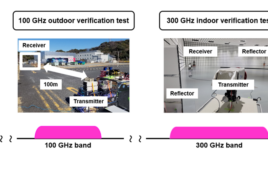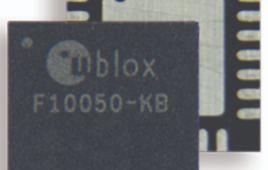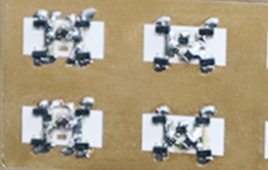People in remote regions can receive a reliable 4G connection by linking their LTE phones to satellites, thanks to Lockheed Martin’s new LTE-over-Satellite system. The connectivity boost can help areas currently without coverage, off-shore vessels, research stations, and during dangerous natural events, including floods, hurricanes, earthquakes, volcanic eruptions, and wildfires.
“When disaster strikes, cellphone networks often go down—whether because of the event or because of the sheer volume of traffic,” says Maria Demaree, vice president and general manager of Mission Solutions at Lockheed Martin Space. “So, it’s important to have new ways to connect families and first reponders with people who would be otherwise cut off from contact.”
During these emergency situations where networks are down, satellite phones are usually the answer. The LTE-over-Satellite solution, according to Lockheed Martin, uses the prevalence of 4G devices to its advantage, allowing existing LTE phones to connect to a “pop-up cellular network” that’s linked to a satellite, thereby complementing the all-important satellite phones.
Vehicles can also help on the connectivity front. According to Lockheed Martin, “Hotspots can be mounted to vehicles, trucks, or ships to provide additional connectivity. For example, with a vehicular-mounted device, LTE-over-satellite connectivity follows a first responder straight to the scene without a separate device. It can be used on cargo trucks to transmit locational data, shipment information, and allow vital voice communication to connect with a central dispatcher.”




